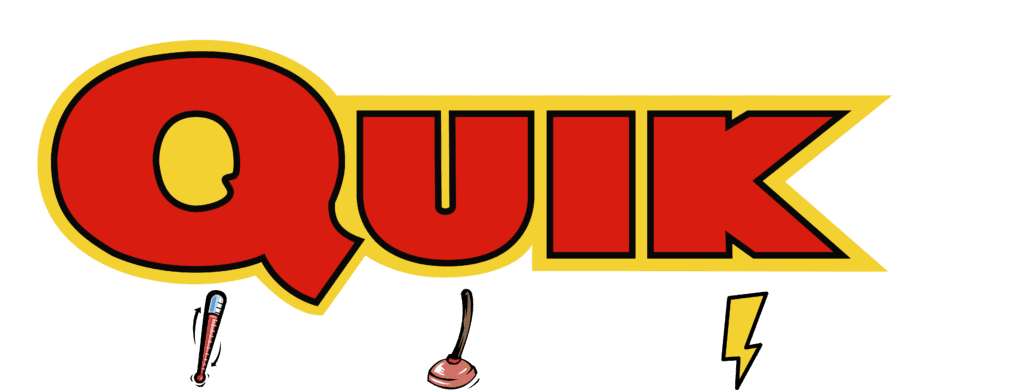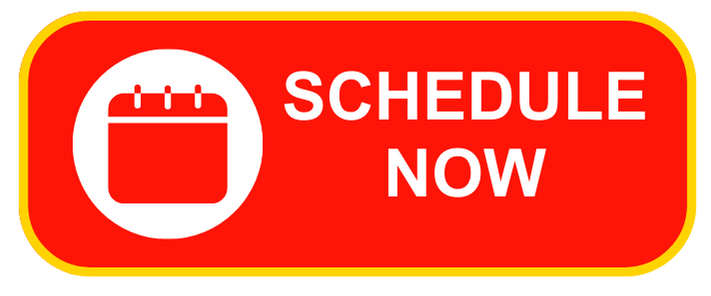Best Leak Repair Carmel
Schedule on your own without making a call. Click the button below to get started!

Leak Repair Near Me
Content: When choosing a plumber, it is important to consider the following factors:
- Availability: Do you need a plumber who is available 24/7, or can you wait for regular business hours?
- Location: How close is the plumber to your home?
- Ratings and reviews: Check online reviews to see what other customers have experienced with the plumber.
- Services offered: Does the plumber specialize in the type of plumbing service you need?
- Cost: Get quotes from multiple plumbers before making a decision
Leak Repair Services
Leak repair services encompass a wide range of professional services aimed at identifying, locating, and fixing leaks in various systems within your home or building.
Here’s a breakdown of the key areas they address
Fixture leaks: Repairing leaky faucets, showerheads, toilets, sinks, and other plumbing fixtures. Pipe leaks: Fixing leaks in water supply lines, drain lines, valves, and other plumbing pipes. Slab leaks: Locating and repairing leaks underneath concrete slabs, often requiring specialized equipment and techniques.
Detecting and sealing cracks in foundation walls that allow water intrusion. Installing drainage systems to redirect water away from the foundation. Using waterproofing solutions to protect the foundation from moisture damage.
Leak detection using specialized equipment (thermal imaging, acoustic cameras) Mold remediation services (sometimes offered in conjunction with leak repair)
The best thing to use to stop a leak depends on the type of leak and the material you’re dealing with. For minor household leaks, such as those in plumbing or roofing, products like sealants or tapes specifically designed for those purposes can be effective temporary solutions. For more significant leaks or those involving specialized materials like metal or concrete, epoxy compounds or specialized repair kits may offer a more durable fix. It’s crucial to identify the source and severity of the leak before choosing the appropriate solution, and consulting with a professional may be necessary for complex or extensive leaks.
Fixing a leak typically involves identifying the source of the leak, which could be a damaged pipe, valve, or seal. Once located, the area around the leak is cleaned and dried thoroughly. Depending on the severity of the leak, various methods such as patching, sealing, or replacing the damaged component may be employed. It’s essential to ensure that the repair is properly executed to prevent future leaks and potential water damage. After fixing the leak, it’s advisable to monitor the area to confirm that the repair was successful.
Yes, if you have a leak in your plumbing system, it’s advisable to hire a professional plumber to address the issue. Plumbers have the expertise and specialized tools necessary to accurately diagnose the source of the leak and implement the appropriate repairs. Attempting to fix a leak without proper knowledge and experience can potentially exacerbate the problem and lead to further damage and costly repairs down the line. Hiring a qualified plumber ensures the leak is promptly and effectively resolved, restoring the integrity and functionality of your plumbing system.
To locate the source of a leak, start by visually inspecting the area around the leak for any obvious signs of damage or pooling water. Next, use a flashlight to examine the underside of surfaces and piping for cracks, loose connections, or corrosion. If the source remains elusive, try drying the area and using a piece of cardboard or tissue to trace the path of the leak back to its origin. Alternatively, a water dye or tracer can be added to the system to pinpoint the exact location of the leak. If necessary, consulting a professional plumber or technician may provide additional expertise in detecting and repairing leaks.
Plumbers employ various techniques to stop leaks depending on the type and severity of the leak. Common methods include tightening fittings, applying sealants or joint compounds, replacing damaged pipes or fittings, and using repair clamps or patches. Additionally, they may utilize specialized tools such as pipe wrenches, plumber’s tape, or soldering equipment for more intricate repairs. Through a combination of expertise, experience, and the appropriate materials, plumbers effectively diagnose and address leaks to prevent further water damage.
Leak Repair Plumbing
If you’ve discovered a water leak in your home, time is of the essence. Taking prompt action can help minimize damage and prevent further complications. Here’s a comprehensive step-by-step guide on how to handle a water leak effectively, from shutting off the water supply to preparing for the plumber’s visit and ensuring safety:


- Shut Off the Water Supply:
- Locate the main water valve for your home, usually found near the front of the house or in the basement.
- Turn the valve clockwise to shut off the water supply to the entire house.
- If there is a separate valve for the affected area, close that as well.
- Identify the Leak:
- Inspect the area where you noticed water leakage to identify the source.
- Look for signs of dripping or wetness around pipes, faucets, or appliances.
- Prepare the Area:
- Clear the area around the leak to provide the plumber with easy access.
- Remove any obstacles or furniture that may hinder the work.
- Place a bucket or bowl underneath the leak to catch any dripping water.
- Gather Essential Information:
- Take pictures of the leak and surrounding area to show the plumber.
- Make a note of any relevant details, such as the type of pipe, age of the plumbing system, and any previous repair attempts.
- Provide Clear Instructions:
- When calling the plumber, explain the nature of the leak, its location, and the steps you have already taken.
- Be specific about the problem and any concerns you have.
- Safety Precautions:
- If the leak is near an electrical outlet or appliance, turn off the power supply to prevent the risk of electrical shock.
- Arrange for Access:
- If you will be away during the plumber’s visit, make arrangements for someone to be present to let them in.
- Leave a note with your contact information in case the plumber needs to reach you.
- Prepare for the Repair:
- If the leak is extensive or requires major repairs, consider arranging for temporary accommodations, as the work may take longer.
- If you have any questions or concerns about the repair process, discuss them with the plumber in advance.
Leak Repair Cost
When it comes to leak repair, the costs can vary depending on a number of factors, including the location of the leak, the type of leak, and the severity of the leak.
Here are some of the costs that a homeowner should expect for a leak repair:
The plumber's fee will typically be the most significant cost associated with a leak repair. The plumber will charge a fee for their time and labor, as well as for any materials that they need to use. The plumber's fee can range from a few hundred dollars to several thousand dollars, depending on the complexity of the repair.
The materials that are needed for a leak repair can also add up quickly. These materials may include things like pipes, fittings, and sealant. The cost of materials can vary depending on the type of leak and the materials that are used.
If a leak has caused water damage, the homeowner may need to pay for repairs to the damaged property. The cost of water damage repair can vary depending on the extent of the damage.
Plumbing Leak Test
A plumbing leak test is a procedure used to identify and locate any leaks within your plumbing system. This is crucial for maintaining a healthy and functional plumbing system, as even small leaks can waste water, lead to mold growth, and cause significant damage to your property.
Here are the different types of plumbing leak tests:
1. Water Meter Test
This is a simple and non-invasive test that involves monitoring your water meter over a period of time (usually 30 minutes or longer) when no water is being used. If the meter dial moves during this time, it indicates a leak somewhere in the system.
2. Pressure Gauge Test:
This test involves attaching a pressure gauge to an outside hose bib and shutting off the water supply to the house. The pressure should remain stable if there are no leaks. A drop in pressure indicates a leak.
3. Visual Inspection
While not as effective in detecting hidden leaks, a thorough visual inspection of pipes, fixtures, and appliances can reveal obvious leaks like dripping faucets, damp areas around pipes, or water stains on walls or ceilings.
4. Electronic Leak Detection
This advanced method uses specialized equipment like acoustic listening devices or thermal cameras to pinpoint the precise location of leaks, even those hidden within walls or slabs.
Which test is right for you depends on several factors
- Severity of suspected leak: If you hear dripping or see visible water damage, a simple water meter test might suffice. For hidden leaks, a more advanced approach like electronic detection is needed.
- Accessibility of pipes: If your pipes are easily accessible, a visual inspection can be helpful. For hidden pipes, electronic methods are essential.
- Budget: Water meter and pressure gauge tests are relatively inexpensive, while electronic detection can be more costly.
Residential Leak Detection
Residential leak detection involves actively identifying and locating leaks in your home’s plumbing system before they cause significant damage. This can be done through various methods, both proactive (prevention) and reactive (detection after a leak occurs).
Regularly checking under sinks, around appliances, and in basements for signs of moisture or water damage.
These monitor water usage and alert you to unusual spikes, potentially indicating a leak.
These wireless devices placed near potential leak areas can detect moisture and send alerts to your phone or hub.
These valves automatically shut off water flow if a leak is detected, preventing further damage.
Trained professionals use specialized equipment like acoustic listening devices and thermal imaging cameras to pinpoint leaks accurately.
If you suspect hidden leaks based on mold growth, mold testing can help identify the source.
Early detection is key! By taking proactive measures and understanding your options for leak detection, you can safeguard your home from costly water damage and its consequences.
- Visually inspect the area: Look for visible signs of water damage, such as wet spots or staining on walls, ceilings, or floors.
- Trace back from the leak: Use a flashlight and tissue to trace the path of the leak back to its origin, checking pipes, fittings, and seals.
- Determine the extent of the damage: Assess the size and scope of the leak to understand the urgency of repairs needed.
- Check for additional issues: Look for secondary damage or potential safety hazards caused by the leak, such as mold growth or electrical hazards.
- Prepare repair materials: Gather appropriate tools and materials for the repair, such as sealants, tapes, wrenches, or replacement parts.
- Ensure safety equipment: Use protective gear, such as gloves and goggles, especially when working with plumbing or electrical systems.
- Apply temporary fixes: Use quick-fix solutions like sealants or tapes to stop minor leaks temporarily until permanent repairs can be made.
- Perform permanent repairs: Address the root cause of the leak by replacing damaged components, tightening fittings, or applying long-term sealants or patches.
- Check for leaks: After completing repairs, monitor the area for any signs of recurring leaks or additional water damage.
- Test functionality: Turn on water sources or appliances to ensure that repairs have effectively stopped the leak and restored proper functionality.






